Last updated: 30 Apr 2023
Things To Consider When Buying an RV
Buying an RV is a big decision that shouldn’t be taken lightly. It’s one of the largest purchases you’ll make, and a mistake can be costly and difficult to undo. That’s why it’s important to take the time to carefully consider your options and choose an RV that meets your needs and preferences.
With so many different types and models available, it can be overwhelming to decide which one is right for you. However, by doing your research, seeking expert advice, and taking the time to weigh your options, you can make an informed decision that you’ll be happy with for years to come.
So, it’s important to do your homework and give deep thought to what you really want and how you will use it. If you are new to the RVing world, it is a great idea to rent (or borrow) one for a weekend. While the rental cost may seem high, in the long run, it could be a real bargain.
Non-motorized units:
Travel Trailers
These units are pulled, usually by pickup trucks or SUVs, and can vary in length from around 10′ to 30′ plus. These can be a good choice for weekend or seasonal camping.
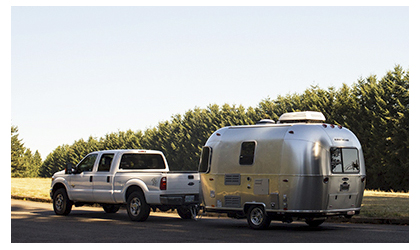
Their main attraction is their lower price. When pulling them, they have a tendency to sway and may require the addition of sway bars for stability. If I were to buy a travel trailer, I would consider an Airstream.
Fifth Wheels & Pickup Trucks
A fifth wheel looks like a travel trailer with a section of the lower, front removed and the upper, front raised. Hanging down from the lower, cutout area is a large, steel “pin” that locks into a special receiver in the bed of a pickup truck. This design provides infinitely better driving and handling characteristics vs. a travel trailer. Fifth wheels can be up to 40′ long and are a significant step up from a travel trailer and targeted to the more serious and frequent RVer. Many full-time RVers chose fifth wheels to live in. A strength of the fifth wheel is the floor plans.
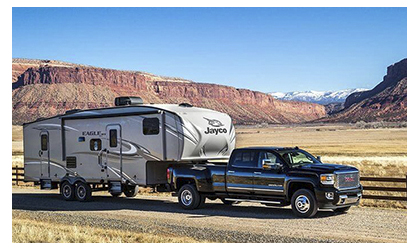
The interior looks like a small apartment. Some of the kitchens have an island. The living rooms are spacious. Both partners may have their recliners/Lazyboys in addition to a large couch. The living room space is more of a square instead of a rectangle. Different manufacturers have a wide variety of floor plans. The Newmar Corporation makes excellent fifth wheels.
The larger the fifth wheel you buy, the larger the truck you will need to safely pull it. To pull the nicest, more comfortable fifth wheels you will need a very large truck, often a “dually” which has 4 wheels on the back axle. The largest fifth wheels are pulled by Peterbilt trucks, which are absolutely HUGE. Fifth wheel/pickup truck combinations will, on average, cost less than a Class A motorhome, and that’s before factoring in the cost of a towed vehicle (i.e. car/SUV) for the motorhome. So, this can be a cost-effective choice.
You may be more inclined towards a travel trailer or fifth wheel with a pickup (vs. a motorized RV) if you have owned and enjoyed driving pickups at home or on the job. You should know some campgrounds do not allow fifth wheels or travel trailers. They tend to be the high-end, expensive ones, so maybe you don’t want to go there anyhow. There are also campgrounds with rules about motorhome minimum length and maximum age!
Some motorized RV solutions:
Class B Motorhomes (aka Camper Vans)
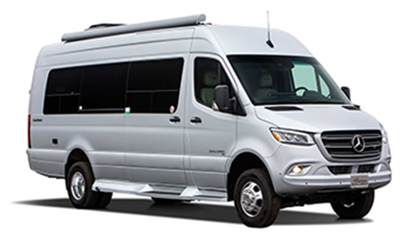
These are higher-end conversion vans and are fine for a few days or a week but not usually used for longer trips. The high price tag for these units amazes me. For the same money, you could buy a much larger and more spacious Class C. Roadtrek is a popular manufacturer of these.
Class C Motorhomes
These are built on an extended pickup-type chassis. The bedroom area is directly over the driver’s cab area, so these are easy to spot from the outside due to their distinctive shape. These can be good choices for those who wish the driving and living areas to be integrated into one vehicle. This makes it possible for the passenger to access the kitchen and other areas while the RV is moving (note: this is not recommended).
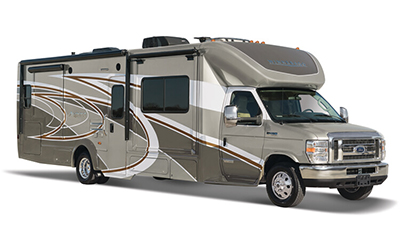
It’s also easy to break for lunch at a rest stop without leaving the vehicle. Shorter class Cs may be able to fit into restaurants and other, smaller parking lots which is convenient. Larger class Cs may pull a car behind them and use it for sightseeing and errands.
One disadvantage of Class C’s is the limited bedroom area, especially for the headroom. I know I would be whacking my head when sitting up in bed. A popular manufacturer of class C is Born Free Motorcoach.
Class A Motorhomes
When you say “motorhome”, most people are referring to class A motorhomes. These self-contained units are considered by most to be at the top of the RV hierarchy. While you will see a few with lengths in the low 30’s, most are 35-40′ long with some as long as 45′. Class As were featured in the movies About Schmidt with Jack Nicholson and RV with Robin Williams. Prices range from the high 5/low 6 figures to well over $1 million. Advantages include large living and storage spaces, up to 4 slide-outs, king or queen-sized beds, large refrigerators, surround sound systems, wide-screen TVs, washer dryers, and many others.
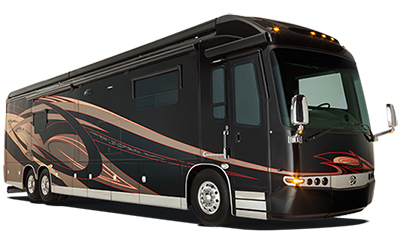
Class A motorhomes and fifth wheels are among the most popular choices for full-time RV living. However, it’s important to note that Class A motorhomes typically have a higher initial cost, lower fuel mileage, and higher insurance and registration fees compared to other RV types. Despite these potential disadvantages, many people still find Class A motorhomes to be a comfortable and convenient option for full-time RV living.
The longer lengths and number of slides can be a hindrance in visiting some campgrounds, including state and national parks. Some older campgrounds were built with both shorter and narrower sites. Narrow sites can be a particular problem if you have slide-outs on both the driver AND passenger sides of the RV.

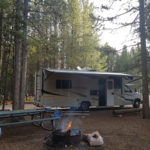


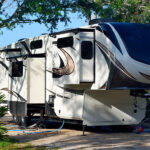
Leave a Reply